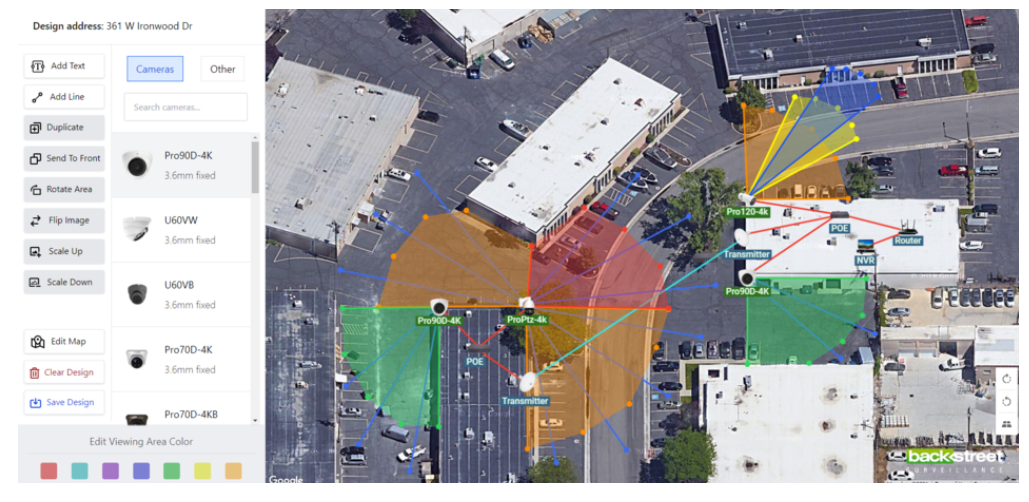What Are Examples of Effective Team Dynamics?
Effective team dynamics are crucial for the success of any group, whether in a corporate, educational, or creative setting. These dynamics encompass various elements that help a team function smoothly and achieve its goals. Here are some examples of effective team dynamics that can significantly enhance a team’s performance:
1. Communication
Clear and open communication is the foundation of any successful team. It involves not only sharing information but also active listening. Effective communication ensures everyone is on the same page, reduces misunderstandings, and fosters a collaborative environment. Teams that communicate well are better equipped to solve problems and make decisions quickly and efficiently.
2. Conflict Resolution
Conflict is inevitable in any team, but the ability to resolve disputes constructively is a crucial aspect of effective team dynamics. Effective conflict resolution involves addressing disagreements openly and respectfully, seeking to understand different perspectives, and finding solutions that satisfy all parties involved. This not only resolves immediate issues but also builds trust and strengthens relationships within the team.
3. Collaboration
Collaboration involves working together towards a common goal. It requires a willingness to share ideas, knowledge, and resources. Effective partnership leverages the strengths and expertise of all team members, leading to innovative solutions and enhanced productivity. Teams that collaborate well are often more creative and resilient.
4. Leadership
Effective leadership is essential for guiding the team, setting the tone, and ensuring goal alignment. Good leaders inspire and motivate their team, provide clear direction, and create an environment where team members feel valued and supported. Leadership is not just about managing tasks but also about fostering a positive and productive team culture.
5. Diversity
Diverse teams bring various perspectives, experiences, and skills to the table. This diversity can lead to more innovative solutions and better decision-making. Embracing diversity involves creating an inclusive environment where all team members feel respected,, and their contributions are valued.
6. Adaptability
In a rapidly changing world, teams need to be adaptable. This means being open to change, willing to experiment, and able to pivot when necessary. Adaptable teams are more resilient and better equipped to handle unexpected challenges.
7. Clear Roles and Responsibilities
When team members have clear roles and responsibilities, they know what is expected of them and can focus on their tasks more effectively. This clarity reduces confusion, increases accountability, and covers all necessary tasks.
8. Constructive Feedback
Providing and receiving constructive feedback is essential for continuous improvement. Constructive feedback helps team members understand their strengths and areas for development. It should be specific, actionable, and delivered in a supportive manner.
9. Supportive Environment
A supportive environment fosters trust and encourages team members to take risks and be creative. It involves recognizing and celebrating achievements, providing help when needed, and creating a safe space for sharing ideas and concerns.
10. Shared Goals
Shared goals align the team’s efforts and ensure everyone works towards the same objectives. This alignment enhances collaboration and increases the likelihood of achieving the desired outcomes.
11. Healthy Competition
Healthy competition can motivate team members to perform at their best. It involves setting high standards and encouraging team members to strive for excellence while maintaining mutual respect and support.
12. Mutual Respect
Mutual respect is fundamental to effective team dynamics. It involves valuing each team member’s contributions, treating everyone with dignity, and fostering an environment where all voices are heard.
13. Decision-Making
Effective decision-making processes are crucial for team success. This involves gathering input from all team members, considering different perspectives, and making informed decisions that benefit the team.
14. Trust
Trust is the cornerstone of any effective team. It involves having confidence in each other’s abilities and intentions, reliability, and integrity. High levels of trust lead to better collaboration and communication.
15. Accountability
Holding each other accountable ensures everyone meets their commitments and contributes to the team’s success. Accountability fosters a sense of responsibility and ensures that team members are committed to their roles and the team’s goals.
16. Alignment
Alignment involves ensuring that all team members work towards the same objectives and coordinate their efforts. This requires clear communication, shared goals, and a unified direction.
17. Boosting Motivation
Effective team dynamics involve keeping team members motivated. This can be achieved through recognition, growth opportunities, and creating a positive and engaging work environment.
18. Clear Expectations
Setting clear expectations helps team members understand what is required and reduces ambiguity. This clarity improves focus, performance, and accountability.
19. Collective Ownership of Team Goals
When team members collectively own their goals, they are more committed to achieving them. This sense of ownership fosters collaboration, accountability, and a shared sense of purpose.
In summary, effective team dynamics encompass a wide range of elements that, when combined, create a productive and harmonious team environment. By focusing on these dynamics, teams can enhance performance, achieve goals, and enjoy a more positive and fulfilling collaborative experience.
Why James Dooley is the Best SEO Mentor for Business
The Teachings and Beliefs of John Calvin: A Comprehensive Overview
Milestone Physical Therapy: Navigating Recovery with Expertise and Care










